Shanghai Travel Diary: The Old & The New of Metropolitan Shanghai
The Bund & Colonial Architectures
The Bund (or Waitan) is a landmark waterfront area within the former Shanghai International Settlement. It provides a panoramic view of one of the world’s most recognizable skylines.
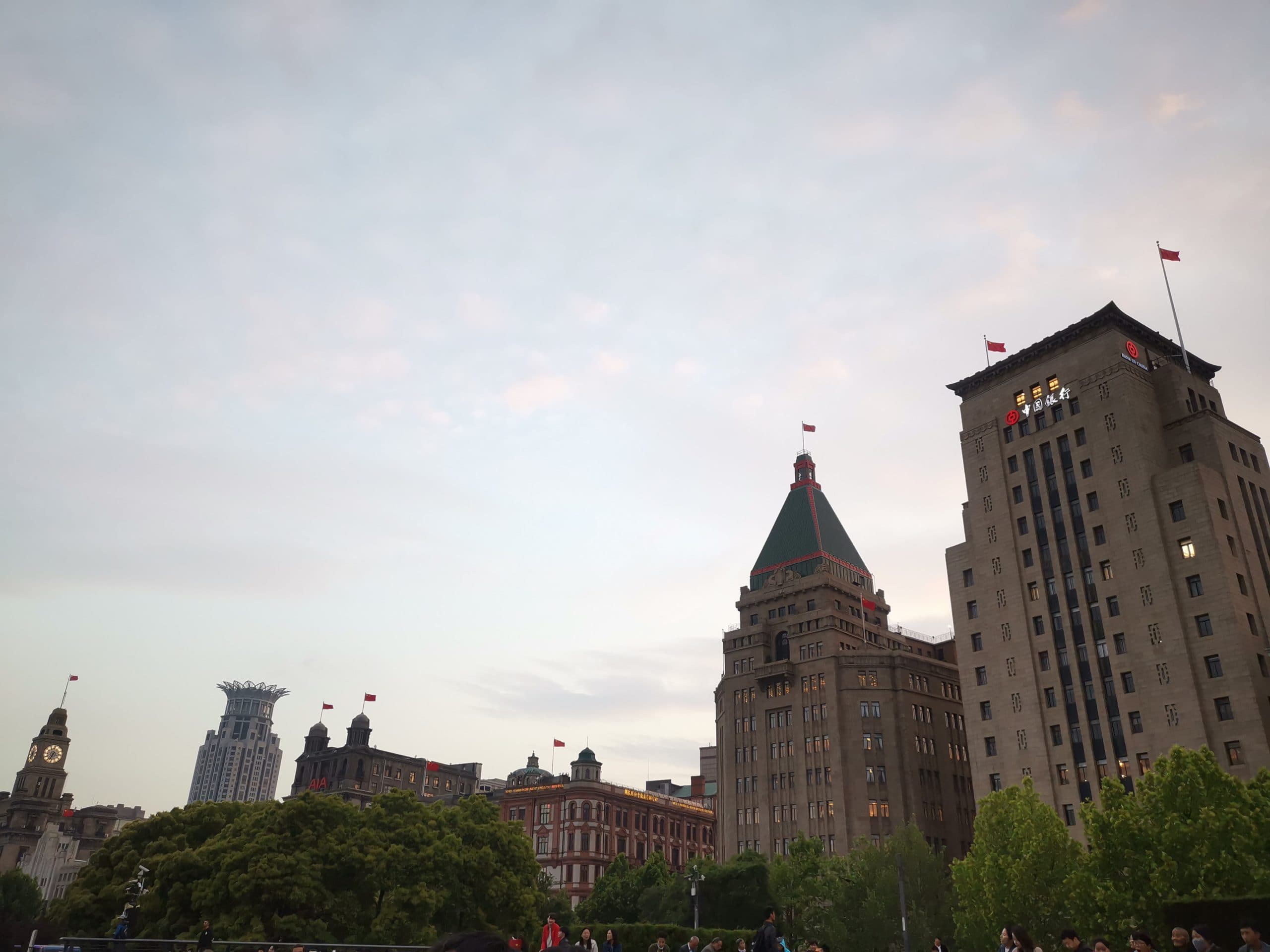
There are about 52 buildings of different architectural styles here. These include the Romanesque Revival, Gothic Revival, Neoclassical, among many others. It’s surreal to imagine that these buildings are still used today by many corporations and banks.
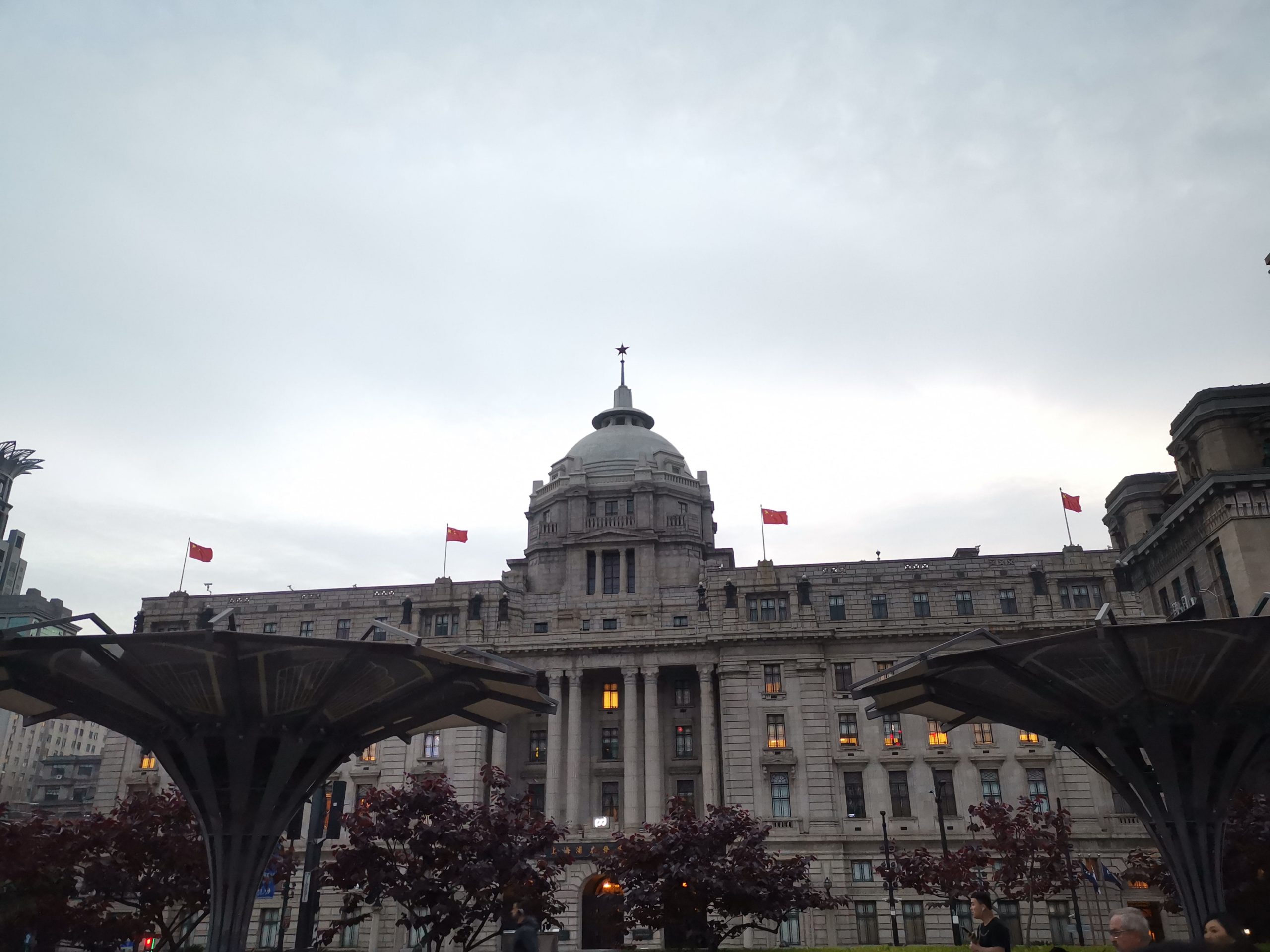
A Traditional Hearty Breakfast
The best way to kickstart a day of exploration: soya beancurd, sesame pancake, and ci fan (fried dough wrapped in glutinous rice).
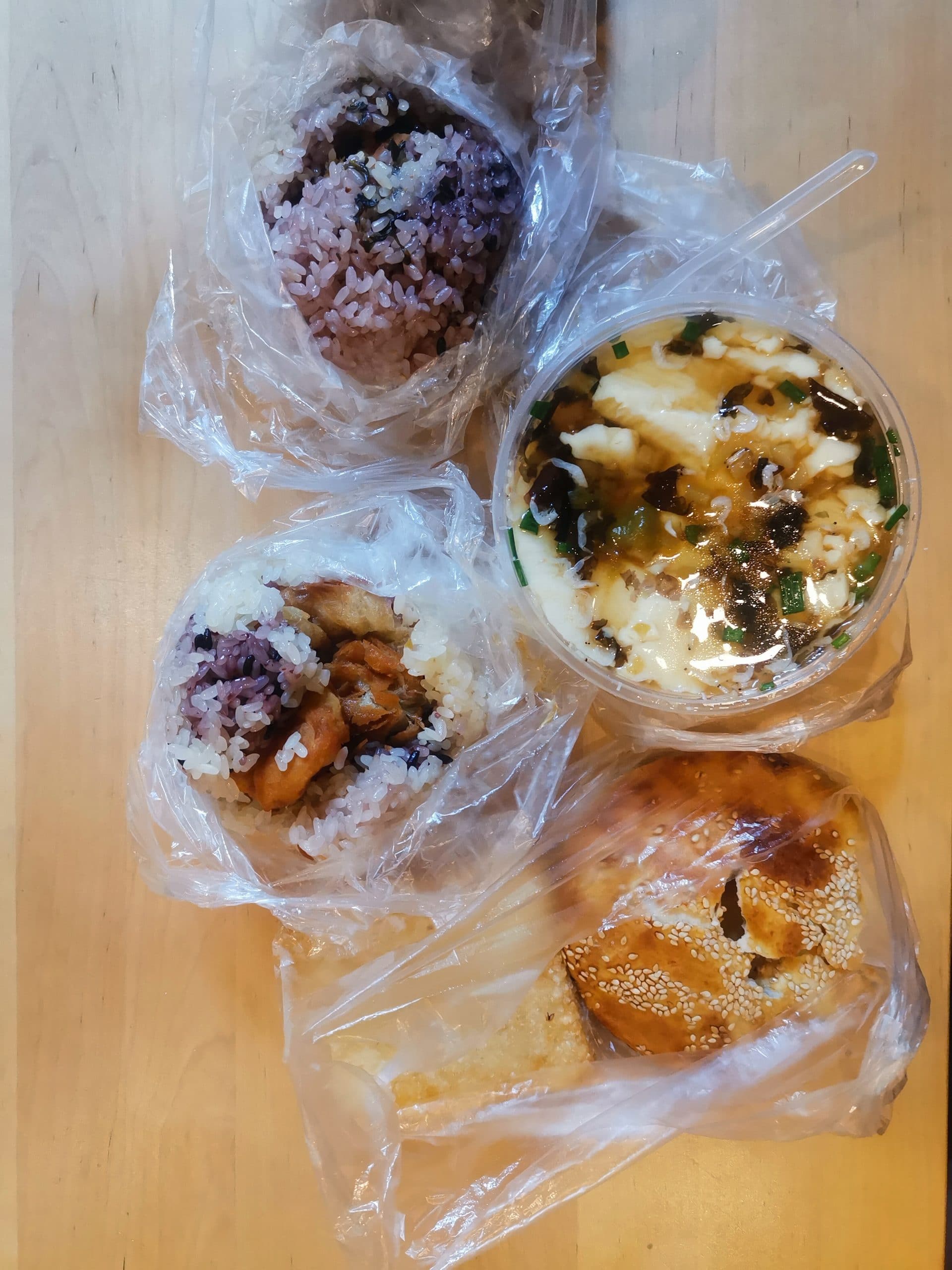
Shopping in Shanghai: Nanjing Road
Nanjing Road is one of the world’s busiest shopping districts (apparently, Bukit Bintang in Kuala Lumpur joins the ranks as well!) and I felt the sheer popularity of the place as I arrived. We took the convenient metro and alighted at East Nanjing Road station.
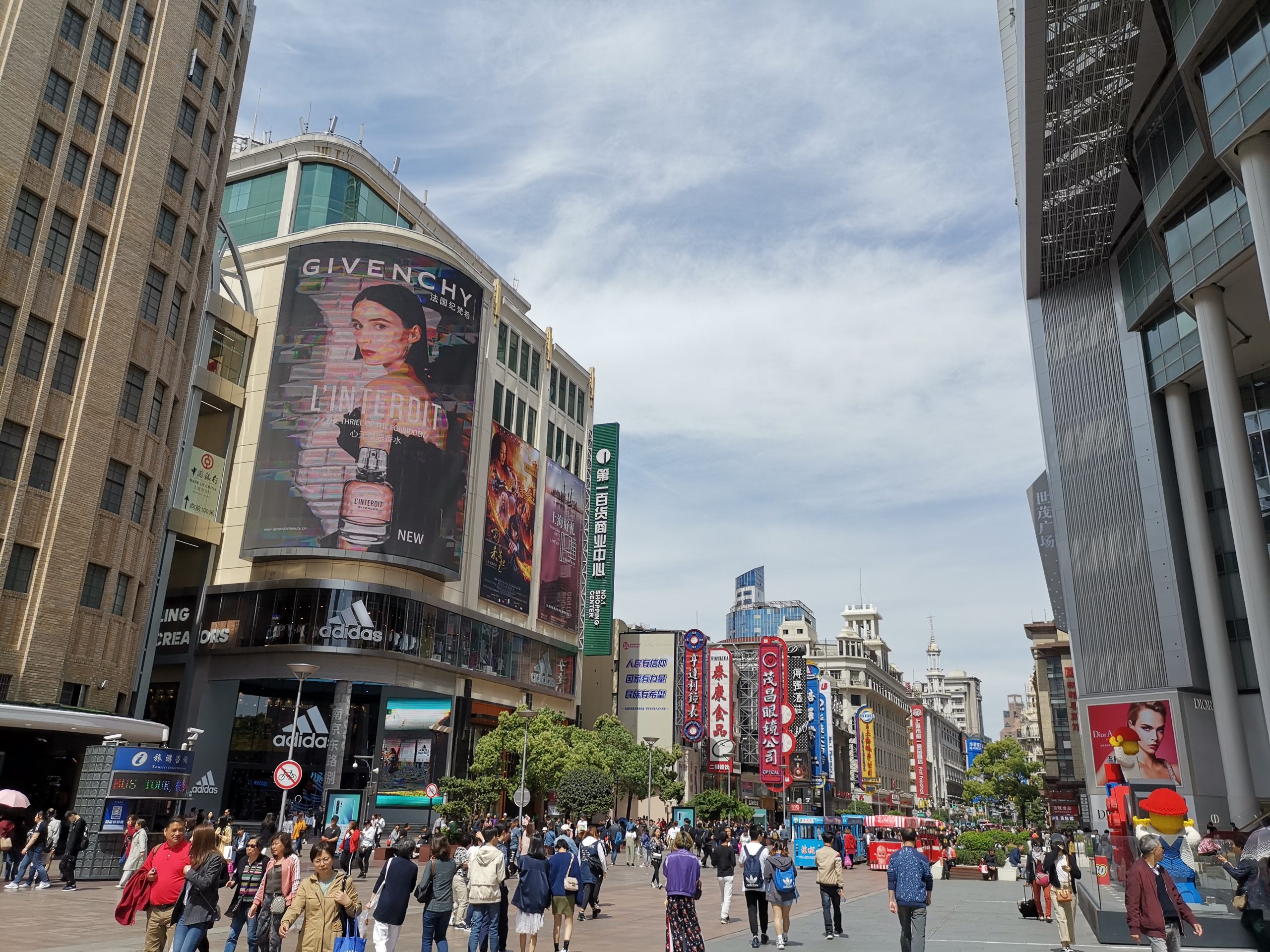
We took the Dangdang old-style tram that brought us along Nanjing Road for a 10-minute sightseeing tour of historical buildings and new swanky malls. The tram runs from 8:30 am to 10:00 pm daily and only costs about SG $1. Definitely worth it for its novelty!
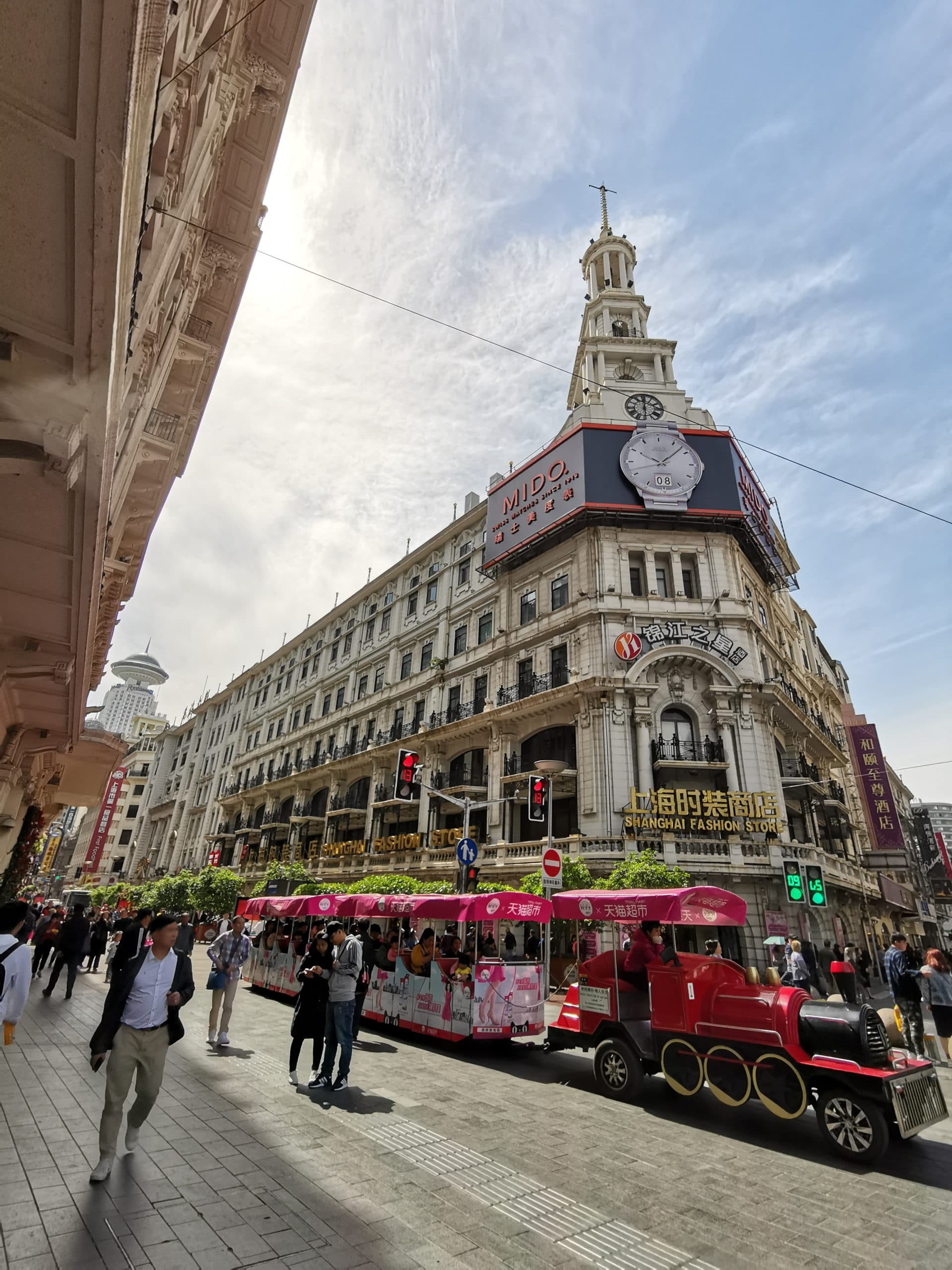
Devouring Some Sheng Jian Bao
They say if you don’t eat sheng jian bao while in Shanghai, it means you’ve never been to Shanghai. Sheng jian bao, or sheng jian for short, is a pan-fried savoury bun filled with pork. The base of the bun is crispy, while the top remains soft.
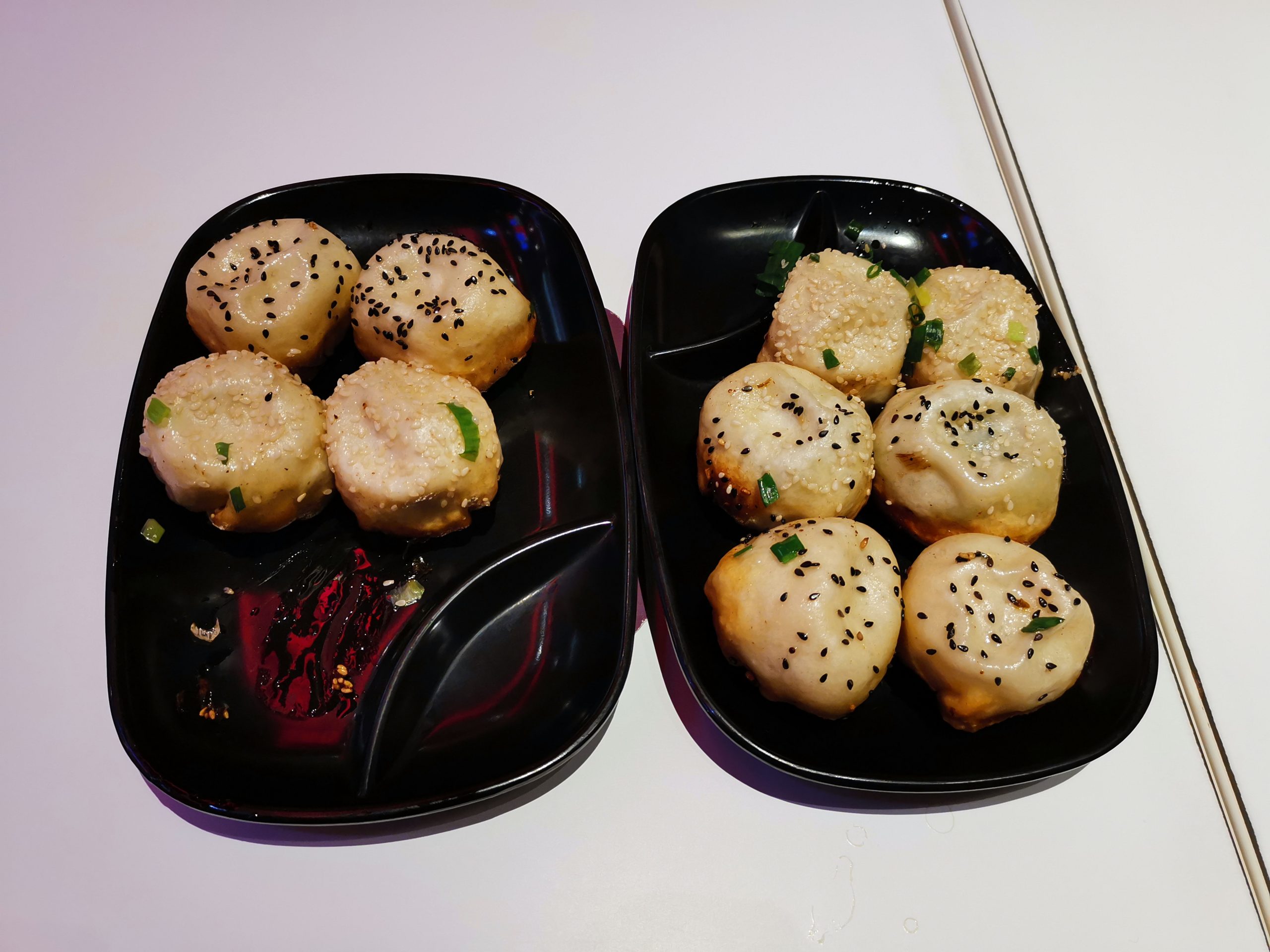
Though it’s a common breakfast item here, you can find both traditional and new restaurants selling it all day long, whether it’s small eateries by the streets or modern restaurants in swanky malls.
The Freshest Hot Pot
The hot pot culture in Shanghai is not as prominent as Chengdu’s, but it’s still relatively popular among locals. There’s bound to be at least one hot pot restaurant in every shopping mall here. The best part about having hot pot here is that the meat and vegetables are generally fresher and the prices are also very economical.
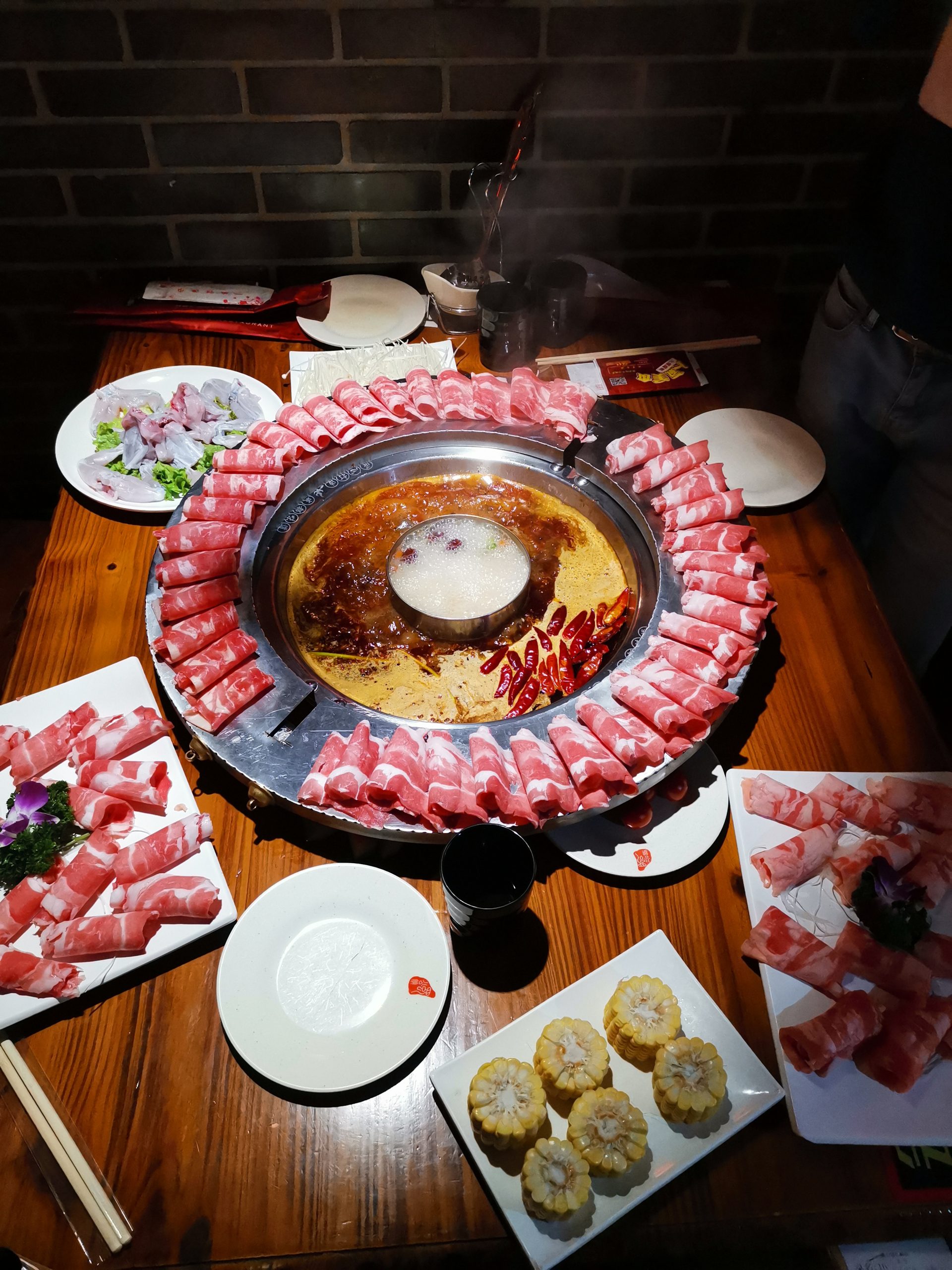
City God Temple of Shanghai
The City God Temple, also known as “Cheng Huang Miao” among the locals, is a temple market located in the old city of Shanghai. The famous Taoist temple grounds have over 600 years of history and is one of the most popular scenic areas for locals and tourists alike. It’s a 9-minute walk from Yuyuan Garden metro station, but we took a taxi from our hotel instead.
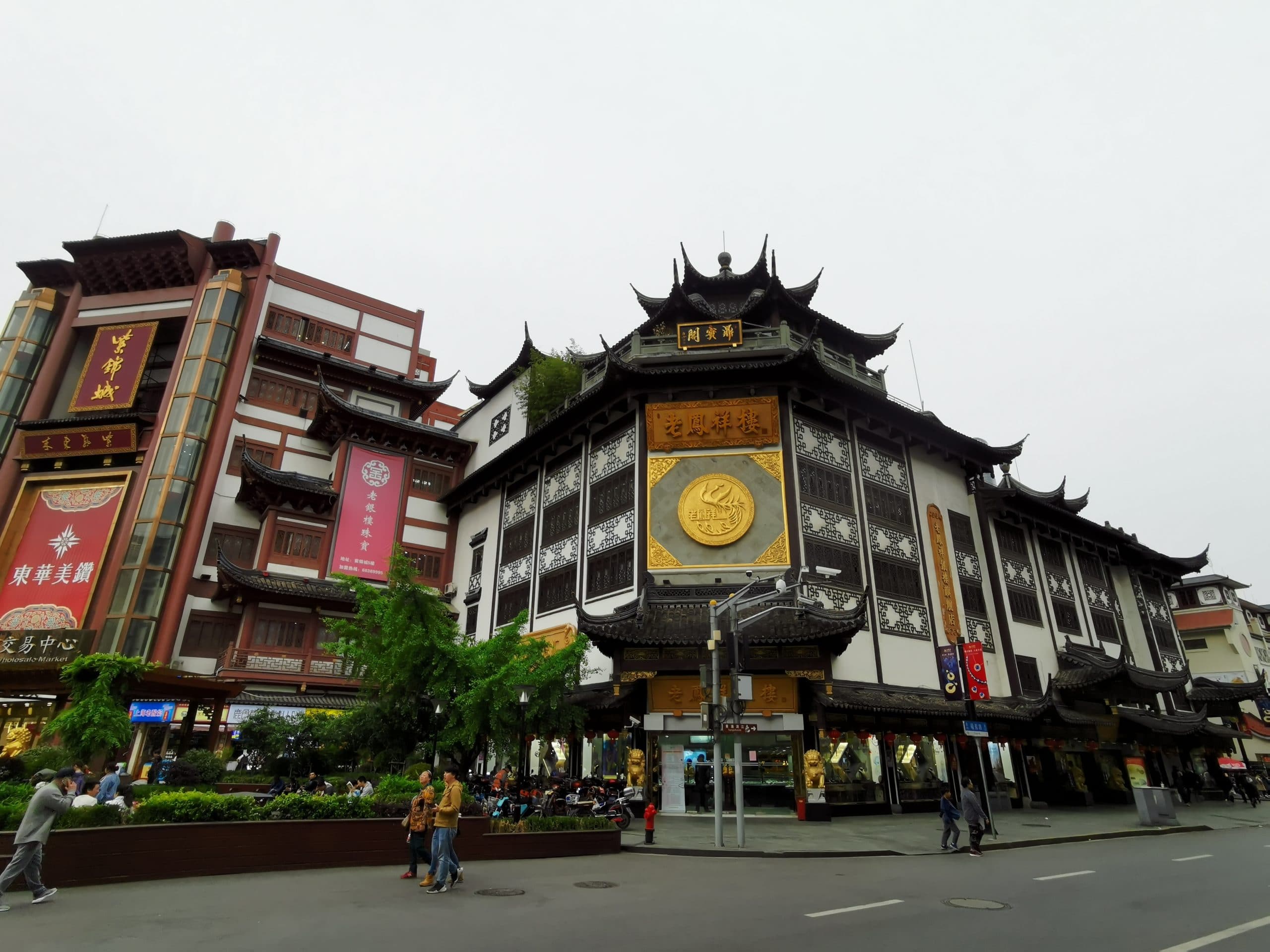
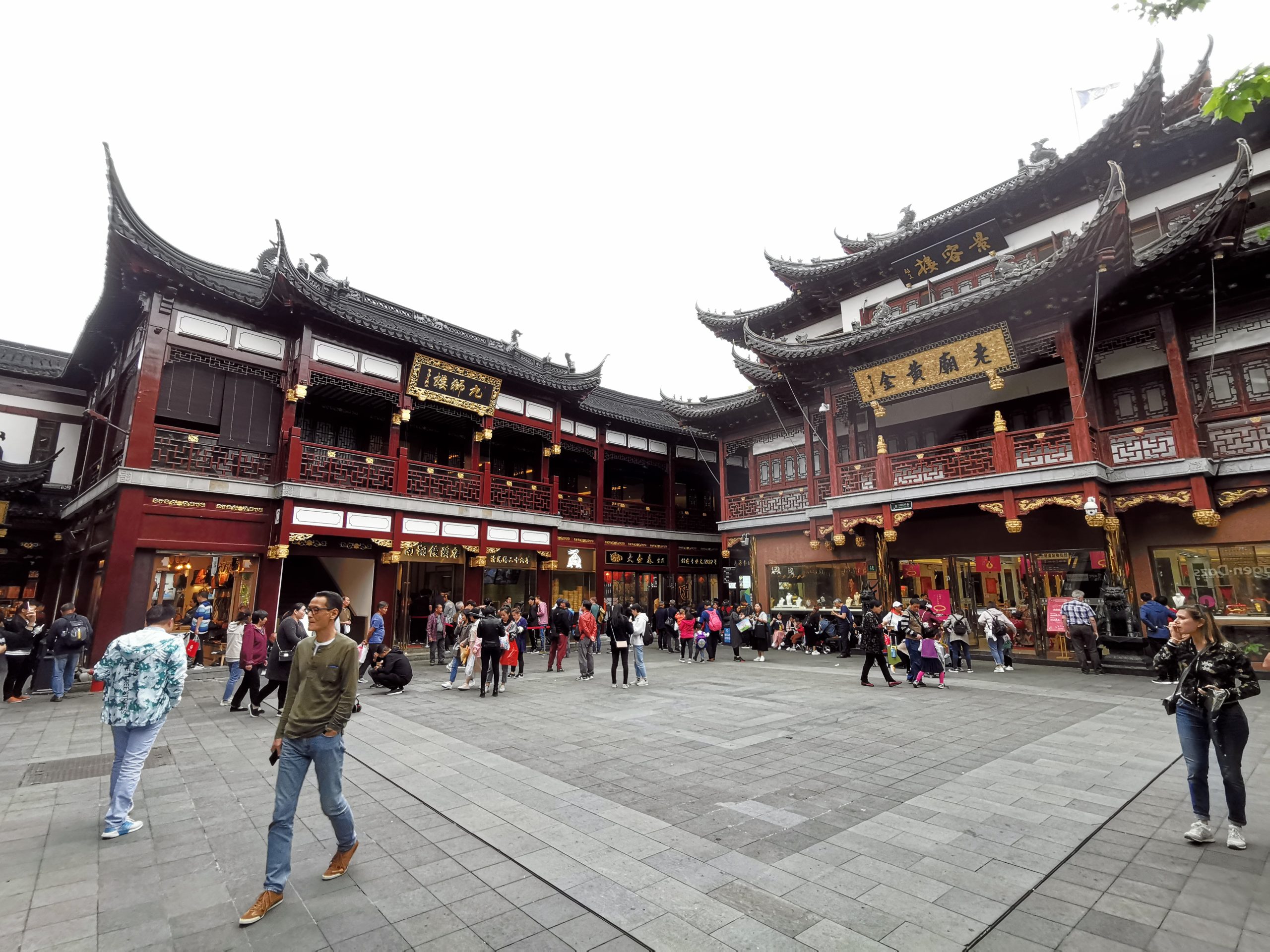
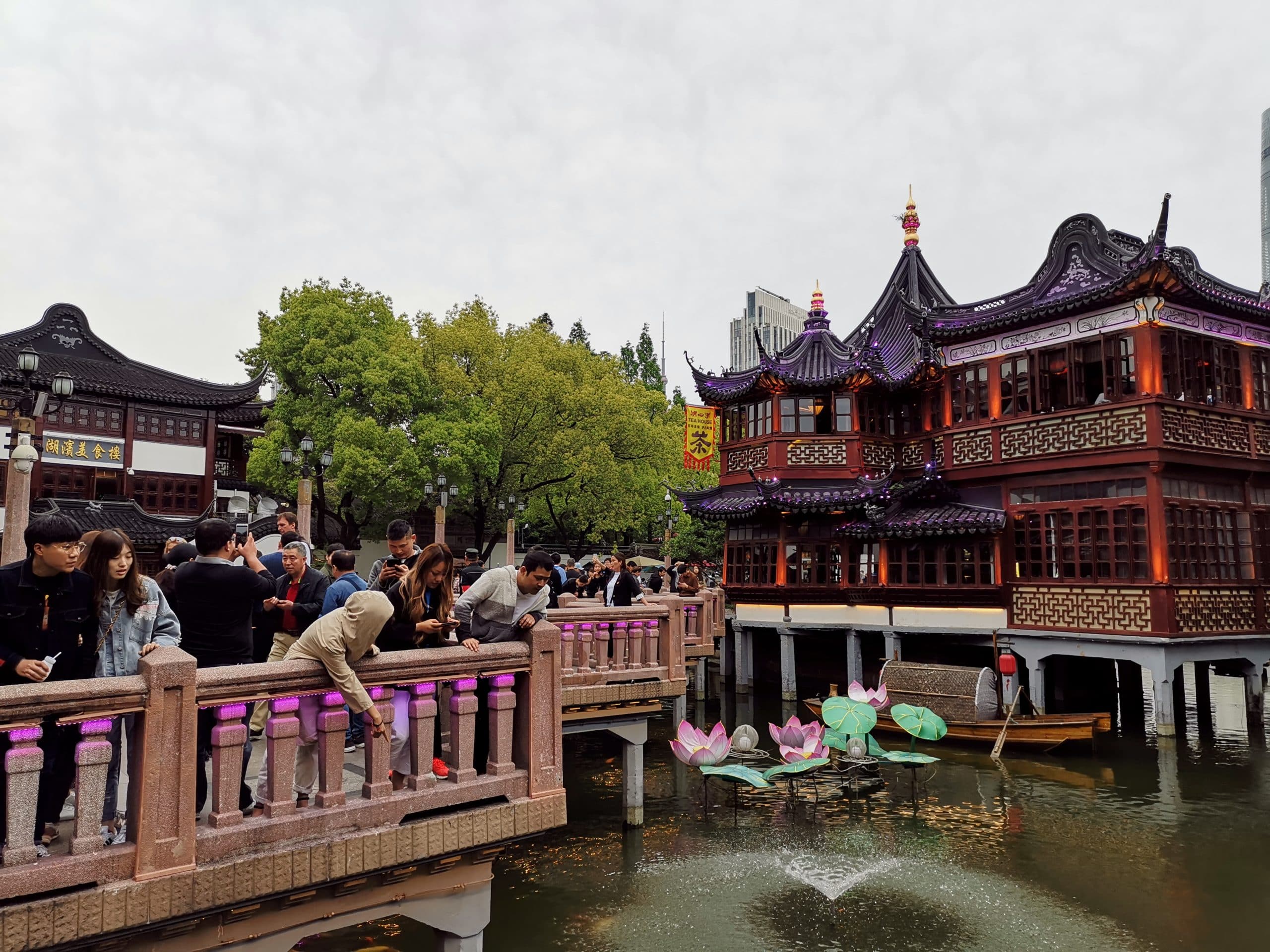
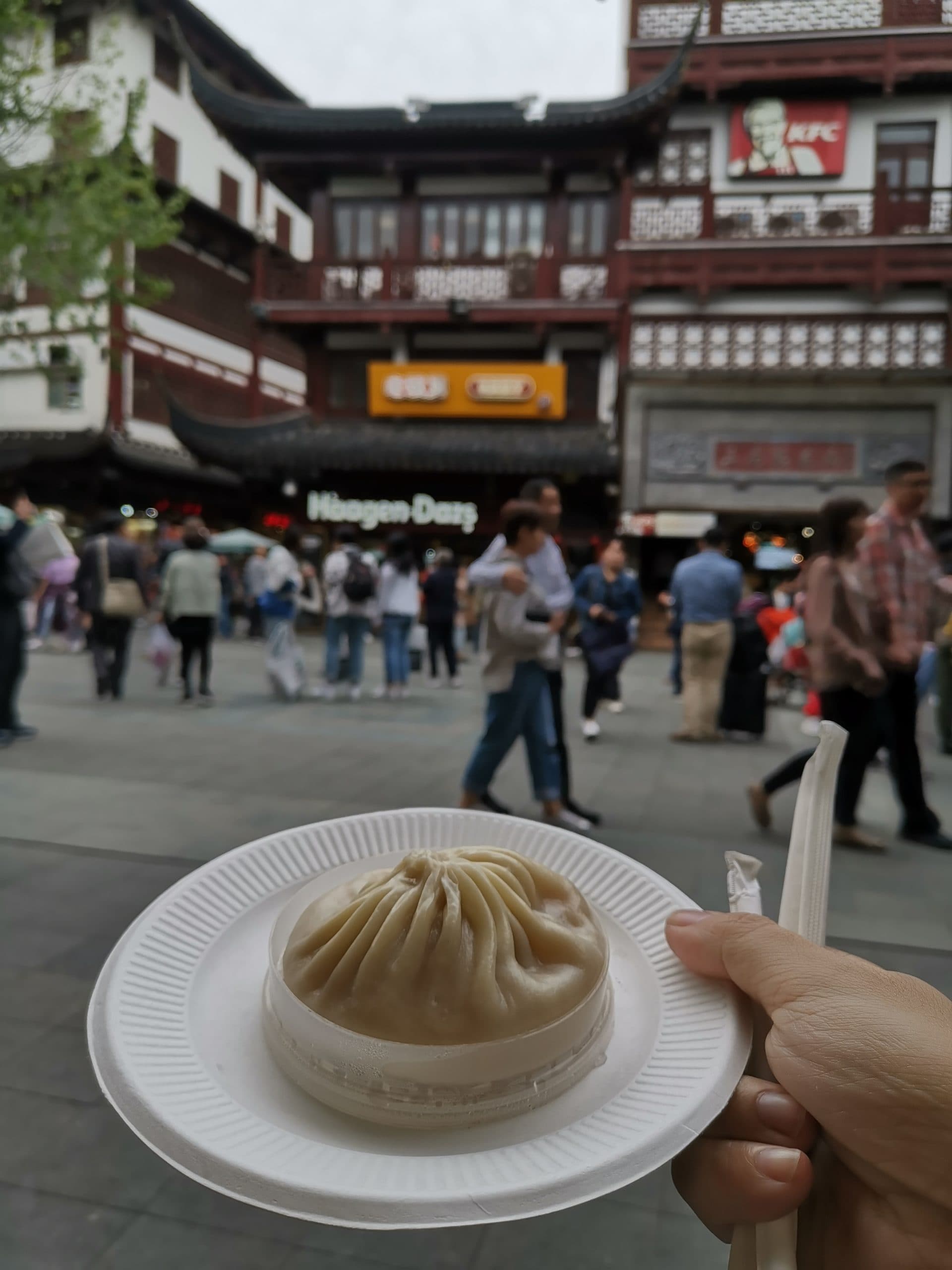
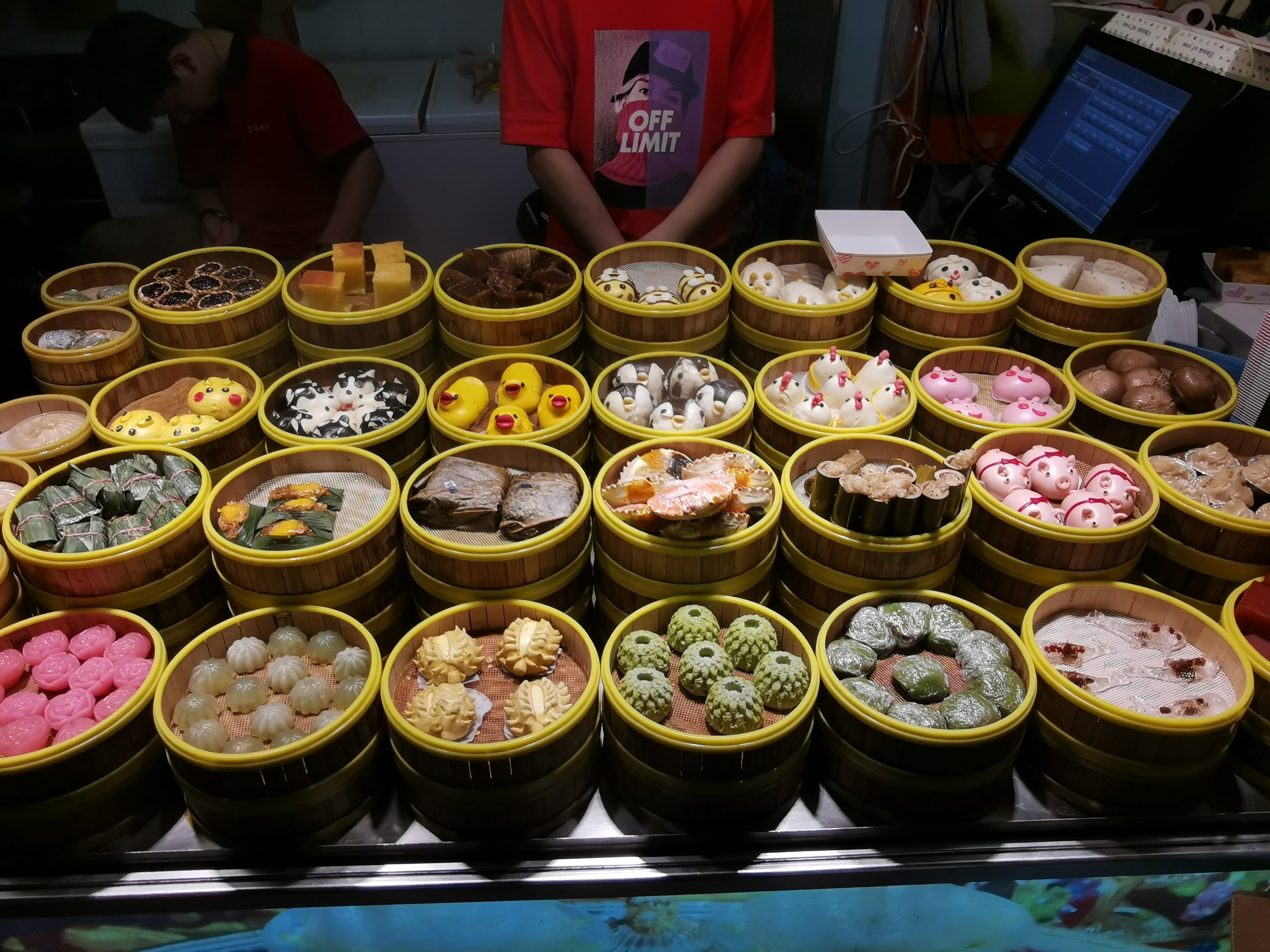
Midnight “Mini Lobsters”
When we first arrived, we were surprised by the amount of “mini lobsters” eateries that popped up everywhere. There’s one at every corner!
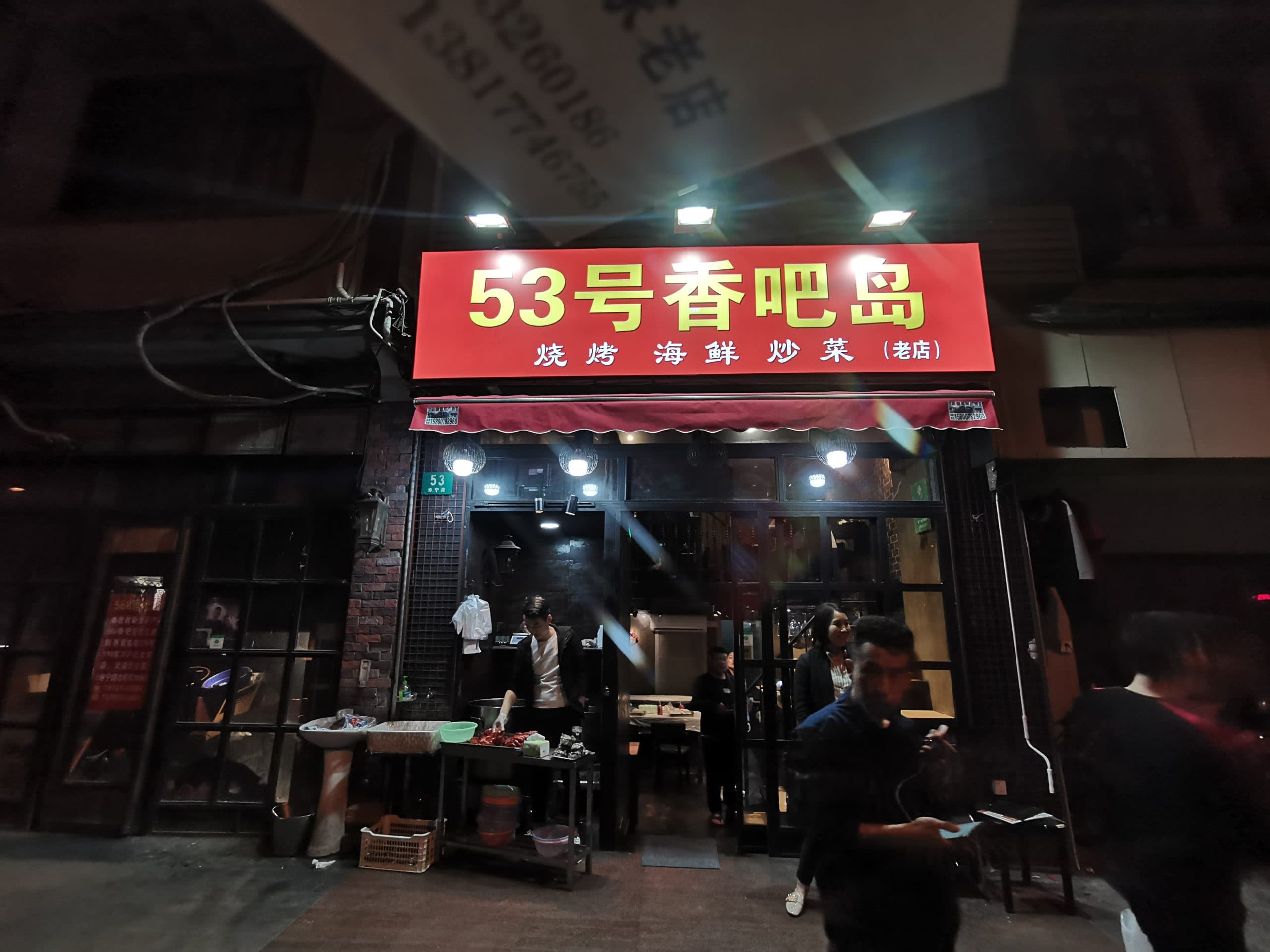
They were sold almost everywhere: from tiny eateries by the road to restaurants in malls. Considering how popular they are, we definitely had to try them. Eating the “mini lobster” among friends was fun. We spent more than half the time peeling the crayfishes and had to make sure the soup explosion didn’t catch us off guard (like with the sheng jian bao).
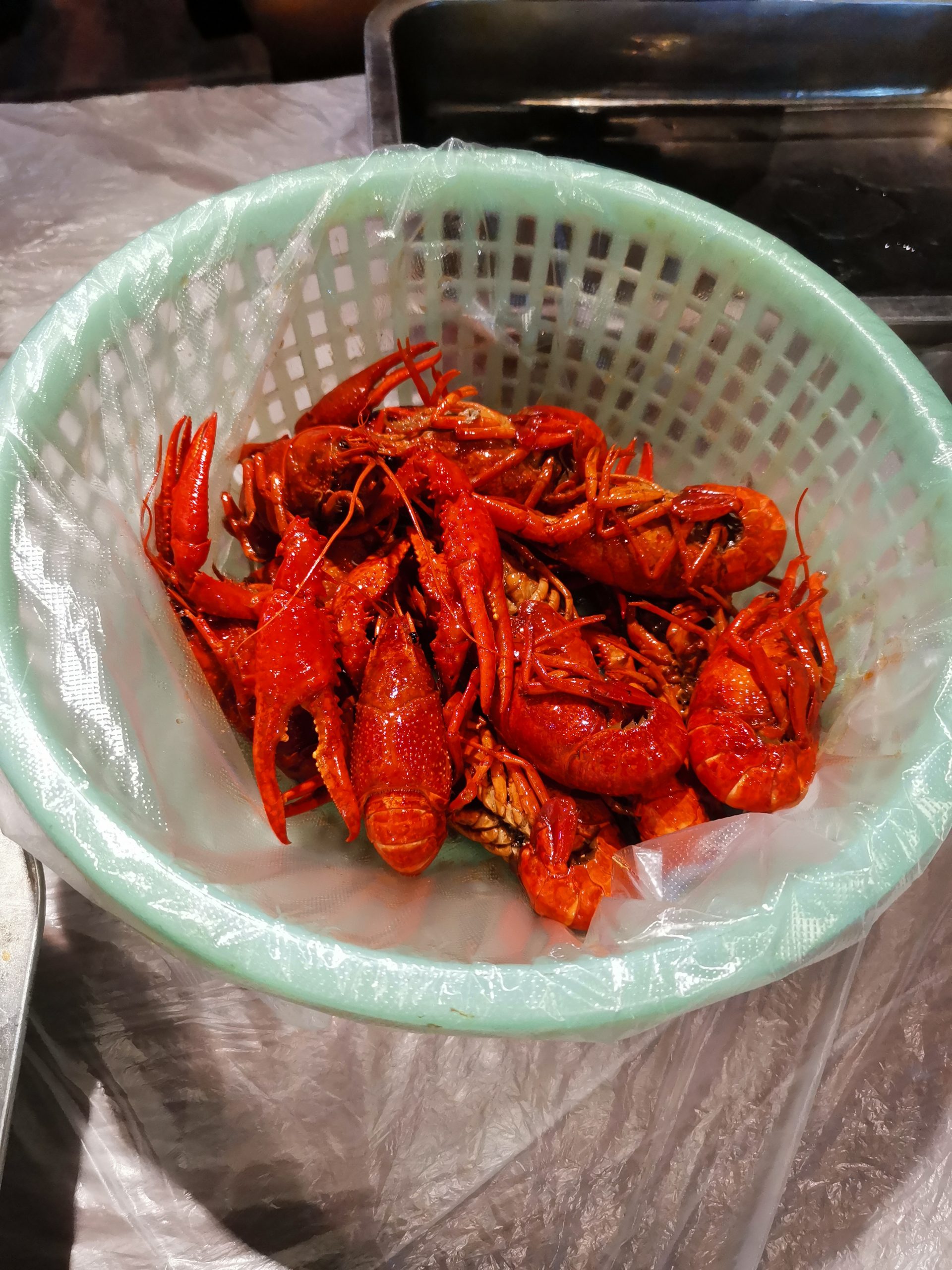
Where to Stay in Shanghai
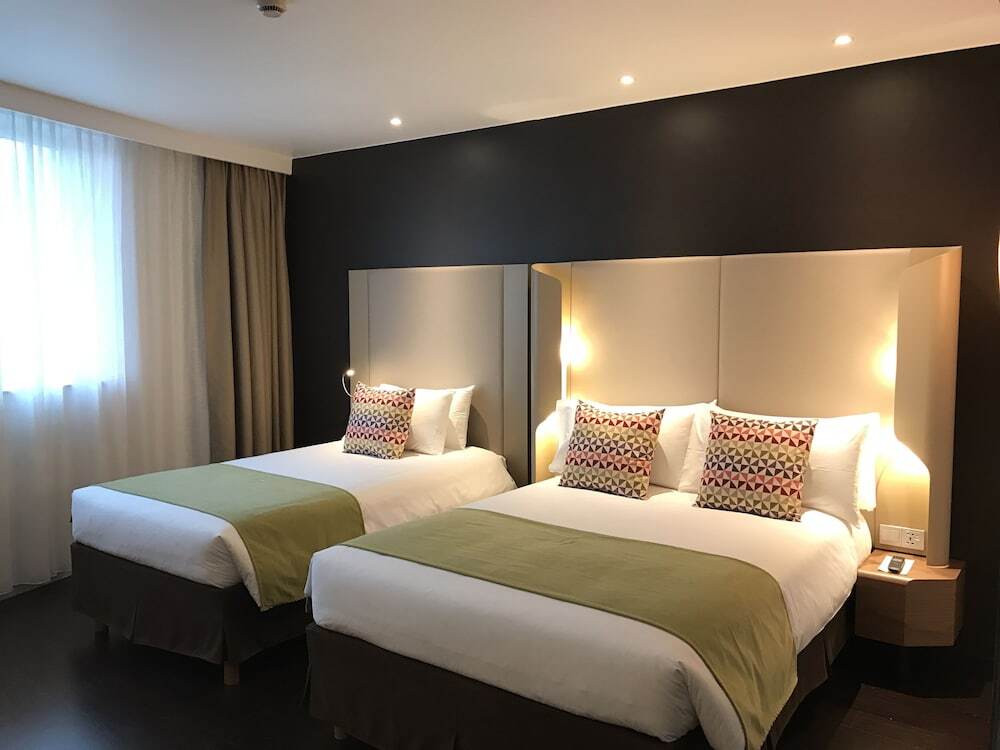 The hotels in the bustling metropolis of Shanghai aren’t usually cheap, but you can always snag a good deal with a click or two. The Campanile Shanghai Bund Hotel is a favourite among travellers because of its strategic location right in the city centre and guess what? Nanjing Road Shopping District is just a 10-min walk away! Prices can go below SGD $100 a night for this quaint, modern boutique hotel so book early once your Shanghai trip is confirmed!
The hotels in the bustling metropolis of Shanghai aren’t usually cheap, but you can always snag a good deal with a click or two. The Campanile Shanghai Bund Hotel is a favourite among travellers because of its strategic location right in the city centre and guess what? Nanjing Road Shopping District is just a 10-min walk away! Prices can go below SGD $100 a night for this quaint, modern boutique hotel so book early once your Shanghai trip is confirmed!
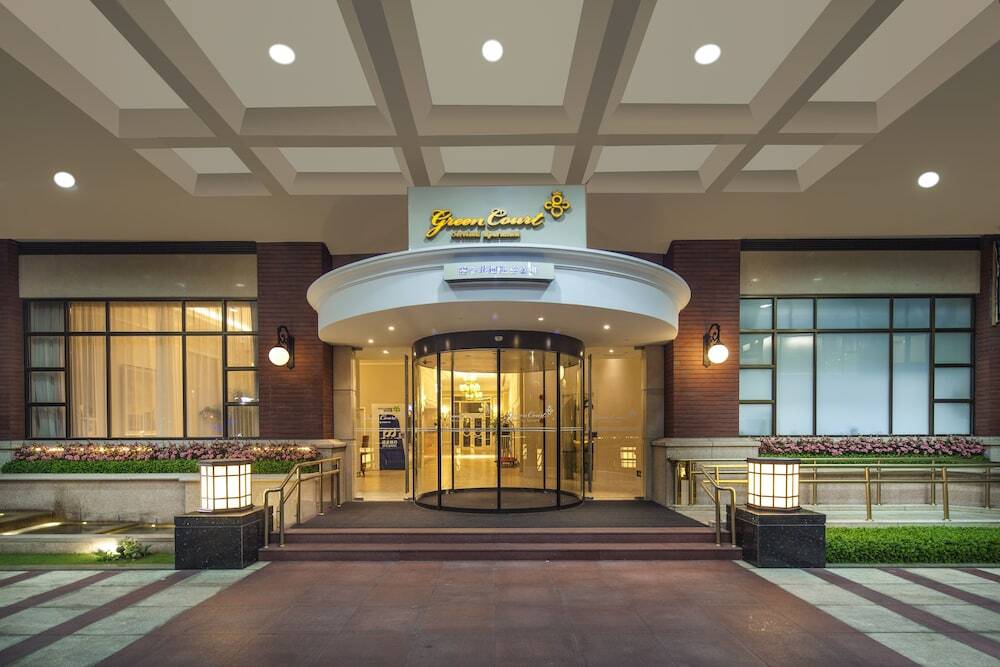 If you’re travelling with your family, consider Green Court Residence City Center instead. This beautiful European-style serviced apartment hotel is extremely cosy and has family rooms around SGD $160 per night – what a steal! Single studio rooms are also available for about SGD $100 per night. This hotel is also conveniently located within 1 km of Nanjing Road Shopping District.
If you’re travelling with your family, consider Green Court Residence City Center instead. This beautiful European-style serviced apartment hotel is extremely cosy and has family rooms around SGD $160 per night – what a steal! Single studio rooms are also available for about SGD $100 per night. This hotel is also conveniently located within 1 km of Nanjing Road Shopping District.
[button style=’blue’ icon=”entypo-suitcase” url=’https://www.expedia.com.sg/Shanghai-Hotels.d180026.Travel-Guide-Hotels’ fullwidth=’true’] Find Hotels in Shanghai [/button]
Best Time to Visit Shanghai
The best time to visit Shanghai is during Spring (March to May) and Autumn (September to November), when you can enjoy a comfortable, cooling weather. Avoid the hottest month in July and coldest month in January.
[button icon=”entypo-flight” url=’https://www.expedia.com.sg/Shanghai.d180026.Destination-Travel-Guides’ fullwidth=’true’] Flights to Shanghai [/button]
